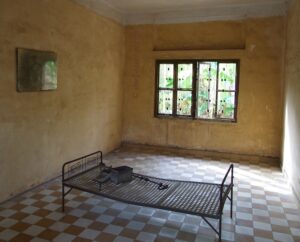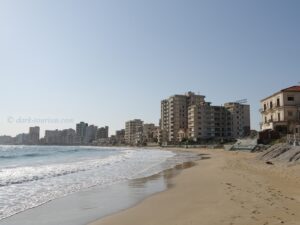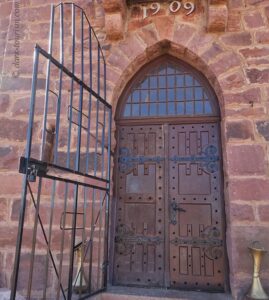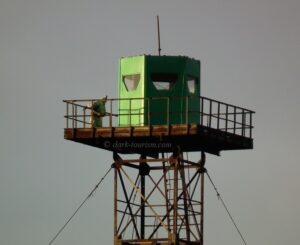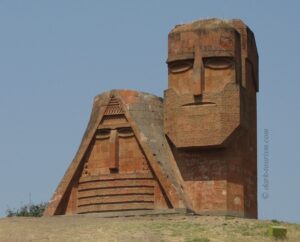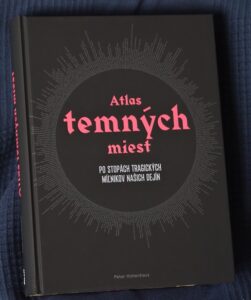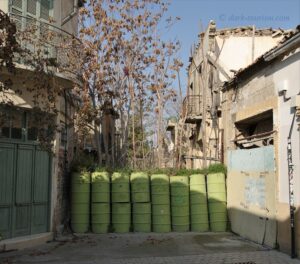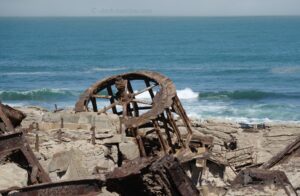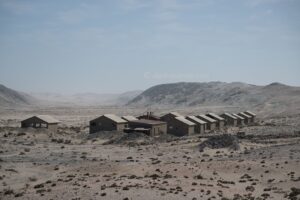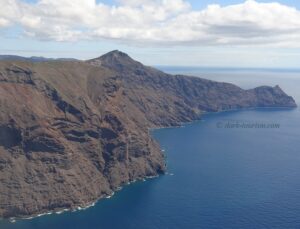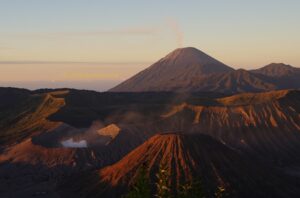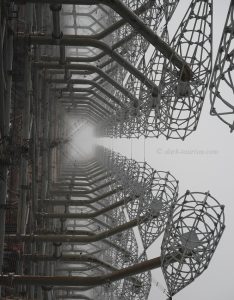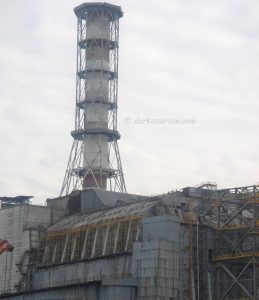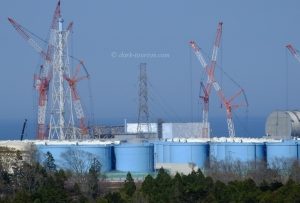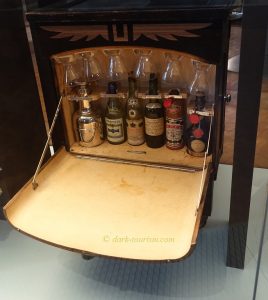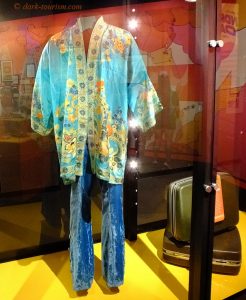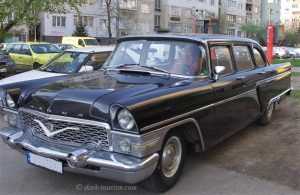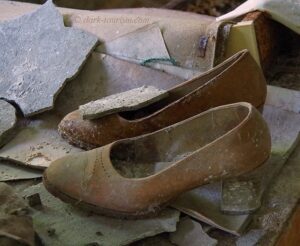
Dark Tourism & Shoes
This is the theme that came second in our latest poll. The winning theme, ‘DT & Shadows’, featured in the previous post, and in that I already announced that I would post the second ranked themes without a new poll. So now for ‘DT & Shoes’. By the way, I’m using “shoes” in a wide sense to include boots, trainers, stilettos, etc. as well as regular shoes.
What do you first think of when contemplating where shoes and dark tourism meet? For many people it will probably be this



